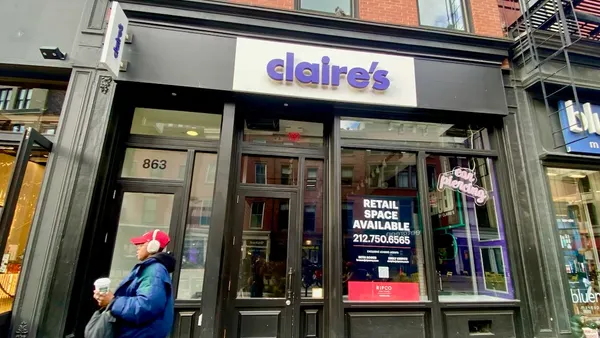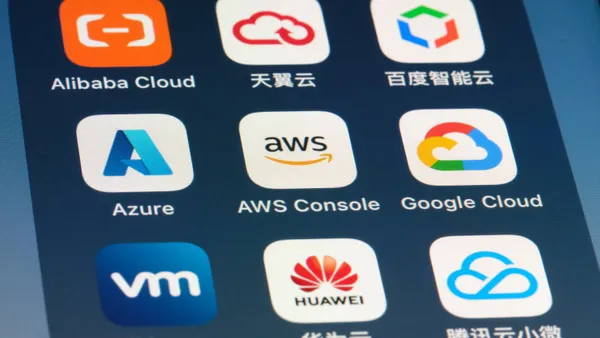Dive Brief:
- How do you deliver simultaneous training to around 175,000 workers around the country on three weeks' notice when the majority of staff doesn't sit at a computer? The team at Starbucks had to figure it out in advance of their May 29 store closures for bias recognition and avoidance training, according to the company. Mary Stumpf, director of collaboration products at Starbucks, and her team tossed television rentals, employees crowding around manager's laptops and other options out as unfeasible before they decided to use tablets.
- Live streaming the training was not an option; too much traffic would cause a bottleneck. The training had to be pre-loaded on almost 23,000 iPads before shipping them to 8,500 locations. Loading the four-hour training session (and creating a path for future training) required help from vendors. Starbucks called on PlayerLync, a company that compresses and distributes e-learning across networks, to create the app in the company's Seattle HQ. In Chicago, another partner, Zones, was unpacking, charging and configuring the 23,000 tablets, spending about 10 minutes per unit.
- Stumpf used an app on her phone tracking progress and delivery. Only a single location did not receive its tablet by the morning of the 29th, but a Zones employee drove an iPad to the location with hours to spare, Starbucks said.
Dive Insight:
The episode is a case study in how to get training to disparate employees in a timely, accessible manner. Within days of two black men being escorted out of a Philadelphia location, Starbucks' president announced that the company would close all stores for a day of bias training.
Overall, the use of tablets in the enterprise is not on the rise. In Q1 2018, the tablet market fell 7% year-over-year, much to the dismay of makers who are lowering their hardware prices to sustain higher shipments, according to a report from Strategy Analytics. Android and Windows devices helped reduce the market's growth, but Apple iPads continue to grow.
Mobility as a Service has its benefits, like built-in refresh cycles. Still, Starbucks had to ensure every employee had access to its training program. And without the availability of e-learning, Starbucks might not have been able to pull off the feat.
Traditional training in classrooms would not have fit the bill with such a distributed team and so the effort — and the positive public relations message the company was trying to convey — demanded synchronization across devices and locations.
For companies that want to train without shutting down business for a half-day, bring your own device (BYOD) policies may form a key part of a new learning strategy. By unifying the learning experience across different phones through an app, for example, employers can deploy development materials in a way that improves engagement and compliance.












